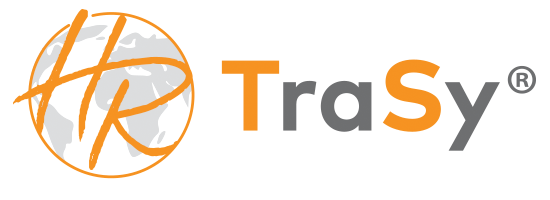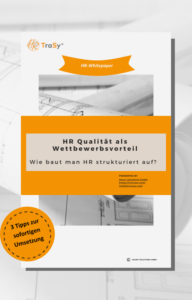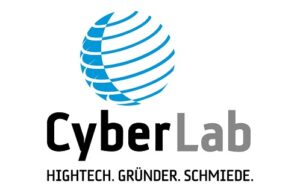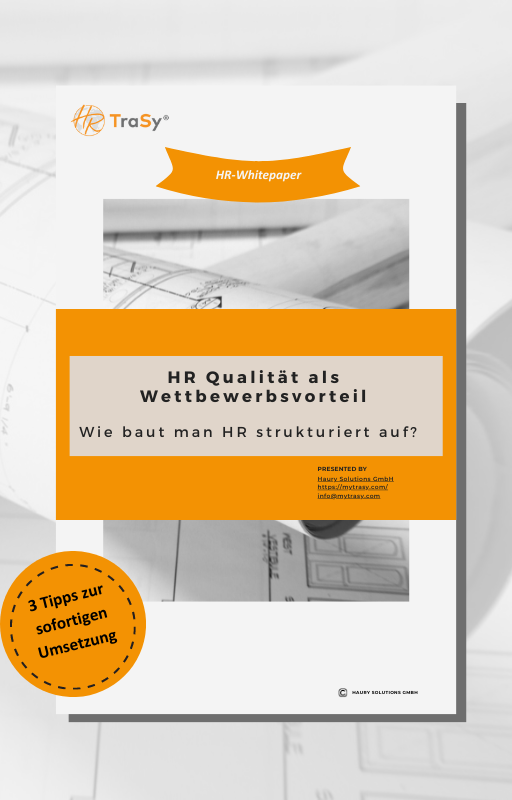How do I build a competitive HR in a structured way?
HR tasks are very diverse. Whereas in the past it was a matter of drawing up an employment contract and paying out wages, today's HR has many more tasks to handle as a service provider. As a service provider, HR has the task of finding, retaining and developing the required number of employees. The structured setup of HR is a prerequisite for clear HR processes.
Author: Christina Haury
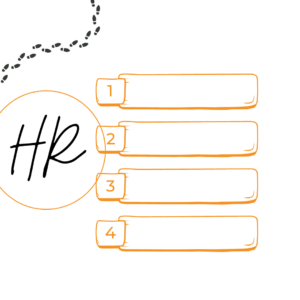
Core processes in production, development and sales are often already structured. HR can also be structured easily!
The only question is: How?
The structured setup of HR is a prerequisite for clear HR processes.
Advantages of structuring:
- Creation of transparency
- Use of best practices
- Saving of resources
- Elimination of sources of error & duplication
- Quick adaptation to operational changes
How do I design my HR in a meaningful way?
The Prerequisite
Consider in advance what requirements are placed on the HR department.
Should HR manage or also design?
HR design requires different competencies and people! The clearer you are on this question, the clearer you can set up the HR structures. It has proven useful to get the relevant stakeholders on board for this question. Ask your executives, management and HR staff about this.
Their decision forms the basis for the structural HR setup and also decides on the role of HR employees and is necessary for the delineation of responsibilities. If HR has more of an administrative role, you will need other HR staff with different skills.
An aid to HR structuring is provided by the Employee Life Cycle. The ELC maps the complete Employee Journey and makes HR work areas transparent.
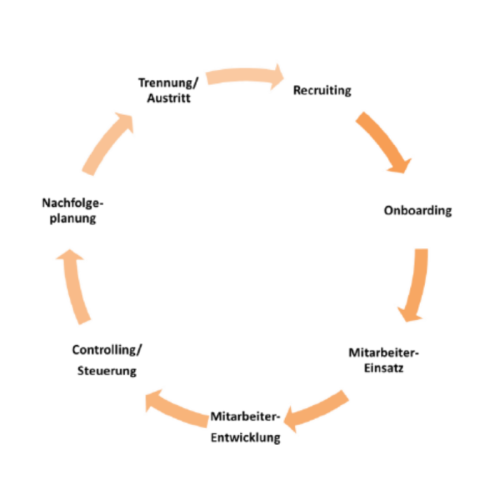
Step by step to the HR structure
1. Define meaningful HR categories
HR categories may vary by company or change over time.
Examples of HR categories:
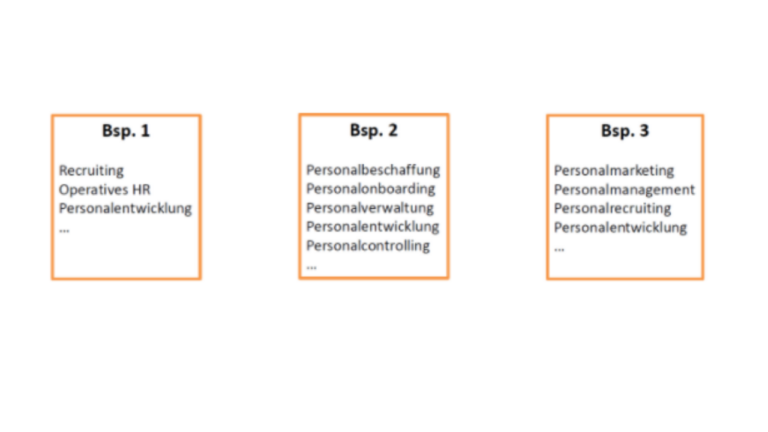
2. Raising HR tasks
What seems to be quite simple at first is unfortunately not, because the trick is in the details here as well. Here is a suggestion on how to proceed:
Type of tasks
It is important that all HR tasks are recorded completely. Also consider HR tasks that are currently still performed in other departments or not by HR employees.
If you have several branches or HR managers are distributed across several locations, think about the type (tool/document format/storage location) in which you want to collect the data.
In a further step, cluster all your HR tasks. Sometimes this means breaking out the previous HR structures. Remember to really assign each HR task to a category; even the tasks from branch offices.
Type of questions
Collect your data using meaningful questions or a clear structure. Remember: only with clear questions will you get a valid database. Design your questions objectively and comprehensibly – questions must be clear to everyone and understandable without queries. If necessary, add explanations in the form of supplements.
Consider in advance which information you can or want to validate in the form of documents.
Survey method
Keep in mind that the survey method determines the evaluation. Should the survey be completed independently or should it be guided or even conducted jointly?
Only collect data that you currently need and proceed iteratively, i.e. start with meta questions and in a further run with more in-depth questions.
Think about where you want to collect the data in advance!
Different return options or file formats are a pre-programmed chaos!
Also consider for whom you want to provide the evaluations. This determines the depth and presentation of the data (for a CEO, the meta-level is sufficient; an implementer needs details).
Now you have the basis for a structured data collection.
3. Create implementation roadmap
You have now collected all HR tasks in a structured manner and assigned them to the respective categories. Now it is time to create a roadmap that can be implemented step-by-step and integrated into the HR process.
This roadmap will help you to implement it successfully.
Do not forget to create a competence matrix at the same time. I.e. list where special HR knowledge and best practices are available. In this way, you can make optimal use of internal synergies. Based on the competencies and best practices, you can form working groups to develop work packages for standardizing or harmonizing HR. Always keep in mind: standardization – as far as possible that cultural flexibility is still possible.
From the collected best practices, you can now create your own HR toolbox, which can serve as a knowledge database.
Don’t forget to define clear responsibilities. This makes interface problems transparent and countermeasures can be taken.
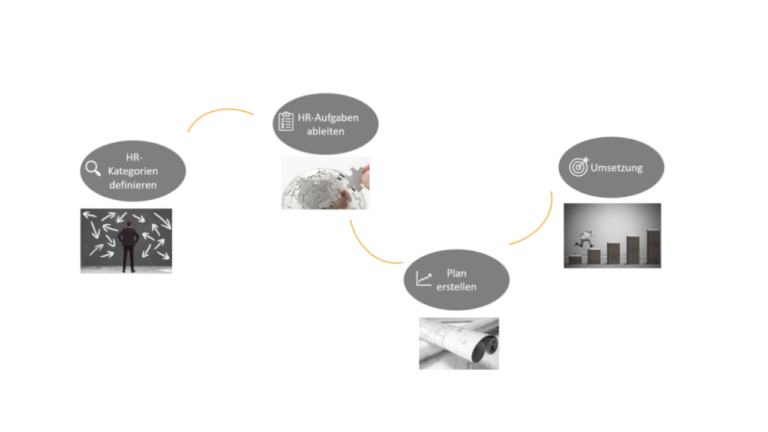
And if you would like to know how you can easily carry out this process independently and digitally, we would be happy to show you our software solution TraSy
Haury Solutions GmbH
January, 2023
